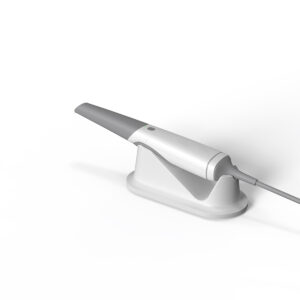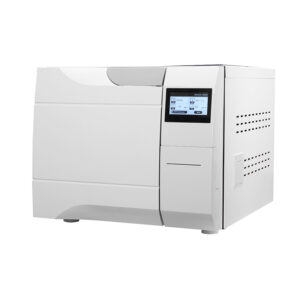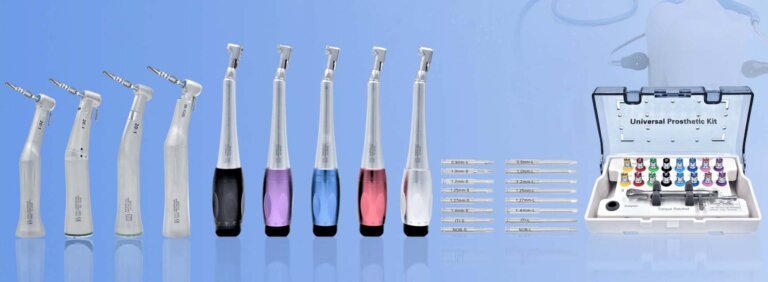As dental technology evolves, practitioners face critical decisions about integrating tools like portable X-ray machines into their workflows. The debate around “portable x ray machine advantages and disadvantages” reflects a growing interest in flexible, cost-effective solutions without compromising diagnostic accuracy. This article explores the transformative potential of handheld X-ray systems while addressing their limitations, offering insights for clinics weighing mobility against traditional setups.
The Rise of Portable X-ray Technology in Dentistry
Originally developed for battlefield triage and disaster response, portable X-ray machines have found their way into dental practices as manufacturers meet clinics’ needs for adaptive imaging solutions. Unlike wall-mounted units that require permanent installation, these compact units now account for 23% of new X-ray purchases in U.S. dental offices (2023 ADA Survey). Their appeal lies in addressing three modern challenges: tight budgets, multi-room practices, and mobile dental services.
Benefits of Portable Dental X-ray Machines
1. Unparalleled Mobility and Space Efficiency
Portable X-ray systems eliminate the “room-locking” effect of fixed units. A single handheld unit can serve:
- Multiple operating rooms
- Pediatric sedation suites
- Off-site community outreach programs
Case Study: A Texas orthodontic practice reduced equipment costs by 40% while maintaining a 98% image acceptability rate using one portable unit across six chairs.

2. Provides financial flexibility for implant practices
Portable x ray machine price of advanced handheld models ($6,000-15,000) compares favorably to wall-mounted systems that cost $12,000-25,000 per operating room. Additional savings come from:
- No structural modifications required
- Reduced radiation shielding requirements
- Elimination of duplicate sensors/processors
3. Patient-centered design improvements
Modern portable X-ray machines address historical patient complaints:
30% smaller sensor profile reduces gag reflex triggering, wireless operation minimizes intimidating cables, faster exposure times (0.08-0.2 seconds vs. 0.15-0.4 seconds for fixed systems)
Disadvantages of Portable X-ray Systems in Dental Practices
1. Radiation Safety: Myths vs. Reality
While FDA-cleared devices adhere to ALARA principles, portable devices present unique challenges:
- Without proper training, operator exposure risk increases (NCRP Report 177)
- 12% of practices report inconsistent collimation when handheld (Journal of Dental Technology 2024)
Solution: Implement mandatory dosimeter badges and biennial radiation safety audits.
2. Operational barriers in high-volume practices
Dental assistants cited three main issues:

- Battery management (average of 50 shots per charge)
- Difficulty positioning the sensor in the posterior area
- Workflow bottlenecks in multi-doctor practices
3. Durability issues
Portable X-ray machines experience 2.3 times more impact damage than fixed systems (Dental Equipment Repair Network data).
Leading brands now offer:
- Military-grade shock absorption
- IP54 water/dust resistance
- 3-year bumper-to-bumper warranty
Regulatory and practical considerations
The debate over the pros and cons of portable X-ray machines intensifies as regulations evolve:
18 states now require operators to wear lead aprons when handheld
FDA’s 2023 guidance requires annual stability testing for mobile devices
ADA Regulation 1008-2024 standardizes handheld exposure tolerances
Example Scenarios: Best Use Cases

Best for:
- Mobile dental clinics serving rural areas
- Pediatric/special needs clinics that require sensor flexibility
- Multi-specialty offices with shared imaging resources
Having issues with:
- High-volume implant clinics that require daily full-mouth series
- Clinics that lack staff training protocols
- Clinics without dedicated equipment sterilization stations
- Future trends shaping portable X-ray adoption
- AI-assisted image stabilization to compensate for handheld motion
- Ultra-low-dose protocols (0.03–0.05 mSv per exposure)
- Integration with teledentistry platforms via 5G-enabled sensors
Strategic implementation is key
Portable X The pros and cons of radiography machines are balanced based on practice size, specialty, and technical readiness. While offering unprecedented flexibility, successful adoption requires:
- A rigorous staff training program
- A proactive maintenance program
- Educating patients about safety improvements
Practices that adopt portable systems report 22% higher patient satisfaction scores associated with shorter appointment times (2024 Dental Economic Survey). As hybrid models combining fixed and portable units grow in popularity, the future of dental radiology lies in adaptable, intelligent systems that prioritize clinical excellence and operational practicality.








